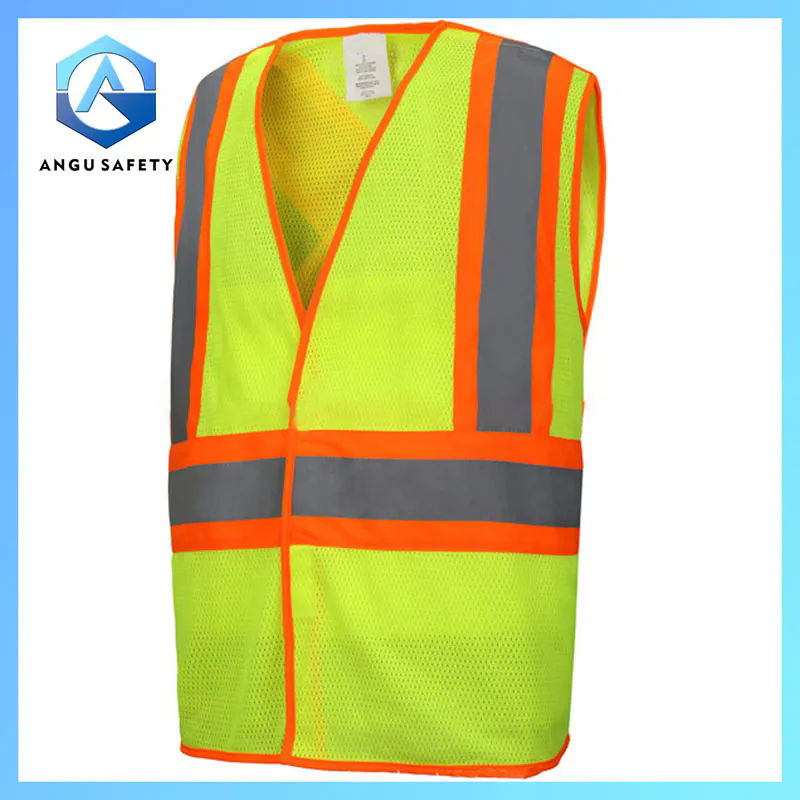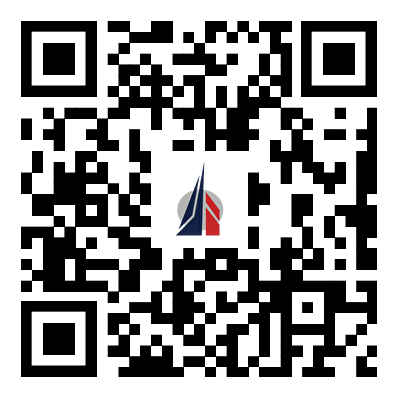Comprehensive Overview of Road Safety Clothing
2024-07-25
Road safety clothing is designed to protect and enhance the visibility of individuals working or moving in or near roadways. This type of clothing is crucial for reducing accidents and ensuring that workers and pedestrians are easily seen by drivers. Here’s a comprehensive overview of road safety clothing:
Features
1. High Visibility:
- Color: Typically features bright, fluorescent colors such as neon yellow, orange, or green, which are highly visible during the day and under various lighting conditions.
- Reflective Tape: Incorporates reflective strips or tape, often in silver or white, to enhance visibility at night or in low-light conditions by reflecting headlights.
2. Material:
- Fabric: Made from durable, lightweight, and breathable materials such as polyester or nylon, often with a mesh lining for comfort.
- Water-Resistant: Many road safety garments are water-resistant or waterproof to protect against rain and moisture.
3. Design:
- Compliance: Designed to meet safety standards and regulations, such as those set by OSHA (Occupational Safety and Health Administration) or EN (European Norm) standards.
- Comfort: Features like adjustable straps, ventilation openings, and ergonomic designs improve comfort and wearability.
4. Types:
- Vests: The most common type, usually worn over other clothing. They offer flexibility and are easy to put on or take off.
- Jackets: Provide additional protection from the elements while ensuring visibility. Often include features such as hoods, zippered pockets, and adjustable cuffs.
- Pants: High-visibility pants are used in conjunction with vests or jackets for full-body protection.
- Coveralls: Offer a one-piece solution for visibility and protection, often used in more hazardous environments.
5. Additional Features:
- Pockets: Equipped with pockets for carrying tools and personal items, with designs that do not compromise visibility.
- Hoods and Caps: Some garments come with hoods or caps for added protection against weather conditions.
- Breathability: Ventilation features such as mesh panels or breathable fabric to keep the wearer cool and comfortable.
Benefits
1. Enhanced Visibility:
- Safety: Improves visibility of individuals, reducing the risk of accidents, especially in low-light conditions or high-traffic areas.
- Identification: Helps in identifying workers or personnel from a distance, making them easier to spot by drivers and colleagues.
2. Protection:
- Weather Resistance: Protects against adverse weather conditions, including rain, wind, and extreme temperatures.
- Durability: Designed to withstand wear and tear in challenging environments, ensuring long-lasting performance.
3. Compliance:
- Regulations: Meets industry safety standards and regulations, ensuring that safety practices are upheld and legal requirements are met.
4. Comfort and Practicality:
- Ease of Use: Easy to wear and remove, with features designed to enhance comfort and functionality during extended use.
- Flexibility: Various styles and types offer flexibility for different tasks and working conditions.
Applications
1. Construction Sites:
- Workers: Used by construction workers, site supervisors, and equipment operators to ensure they are visible on busy sites.
- Traffic Control: Employed by traffic control personnel to direct traffic safely around construction zones.
2. Road Maintenance:
- Maintenance Crews: Ensures visibility for workers involved in road repairs, maintenance, and other road-related tasks.
3. Emergency Services:
- First Responders: Worn by emergency responders, including police, fire, and medical personnel, to be easily identifiable in emergency situations.
4. Utility Workers:
- Field Technicians: Used by utility workers, such as those maintaining electrical or water systems, who work in or near roadways.
5. Cyclists and Pedestrians:
- Safety Gear: Worn by cyclists and pedestrians in areas with heavy traffic to enhance visibility and safety.
Considerations
1. Standards and Compliance:
- Safety Standards: Ensure the clothing meets relevant safety standards for visibility and protection, such as ANSI/ISEA 107 in the U.S. or EN 20471 in Europe.
- Certification: Look for certifications or labels that indicate compliance with safety regulations.
2. Comfort and Fit:
- Size and Fit: Choose clothing that fits well and allows for comfortable movement. Consider adjustable features to accommodate different body sizes.
- Breathability: Opt for breathable materials and designs if the clothing will be worn for extended periods or in hot conditions.
3. Weather Conditions:
- Weather Protection: Select clothing with appropriate weather-resistant features based on the expected conditions (e.g., waterproof jackets for rainy weather).
4. Durability:
- Material Quality: Choose high-quality materials that are durable and capable of withstanding harsh working conditions.
5. Maintenance:
- Care Instructions: Follow manufacturer care instructions to maintain the visibility and integrity of the clothing, including proper washing and storage.
Conclusion
Road safety clothing is a critical component of workplace and pedestrian safety, providing high visibility and protection in various environments. By ensuring compliance with safety standards, considering comfort and weather protection, and selecting durable materials, individuals and organizations can enhance safety and reduce the risk of accidents on or near roadways.



